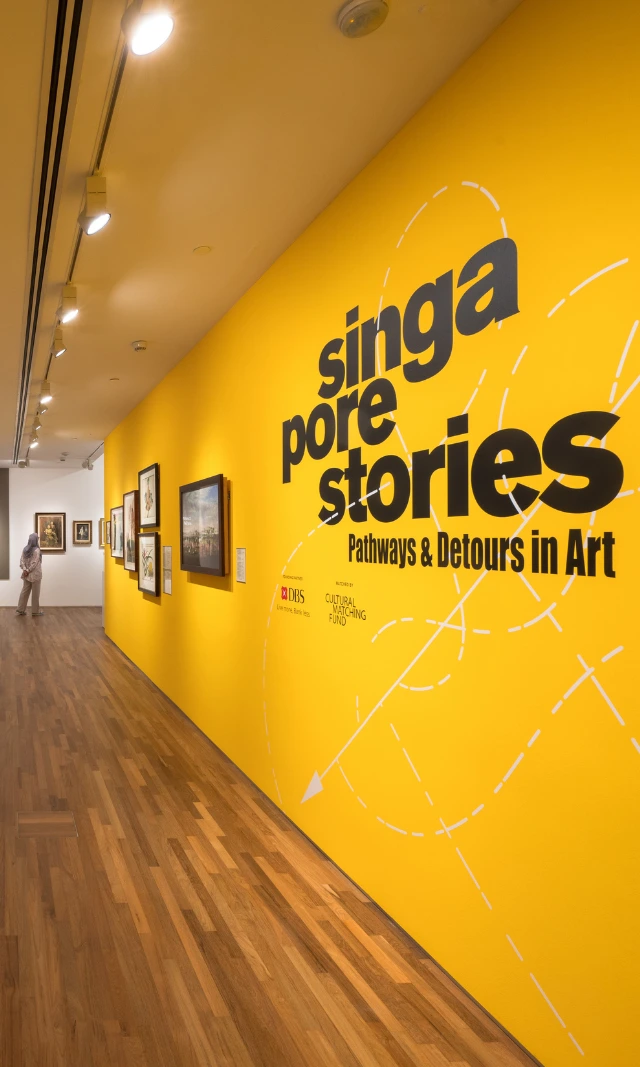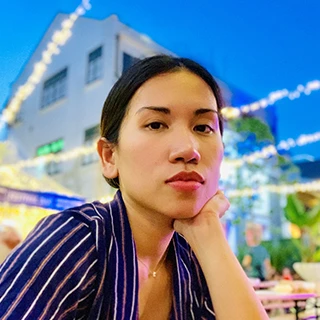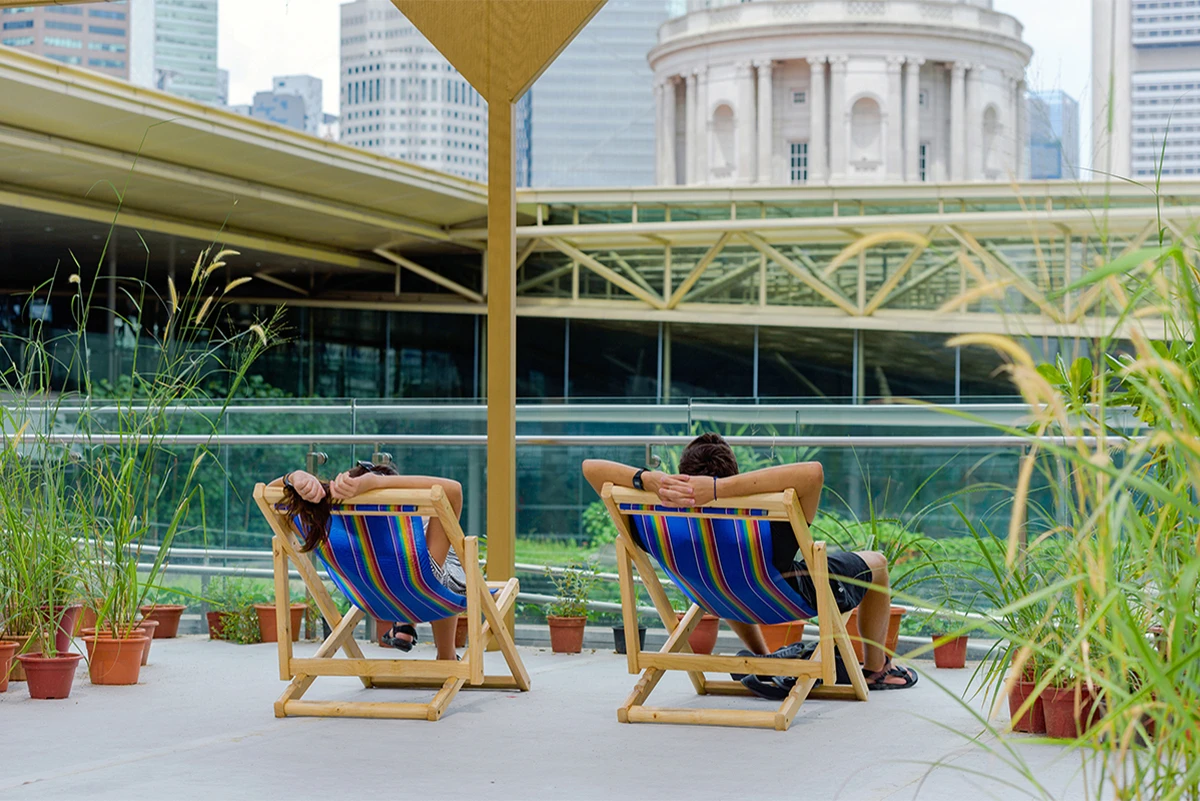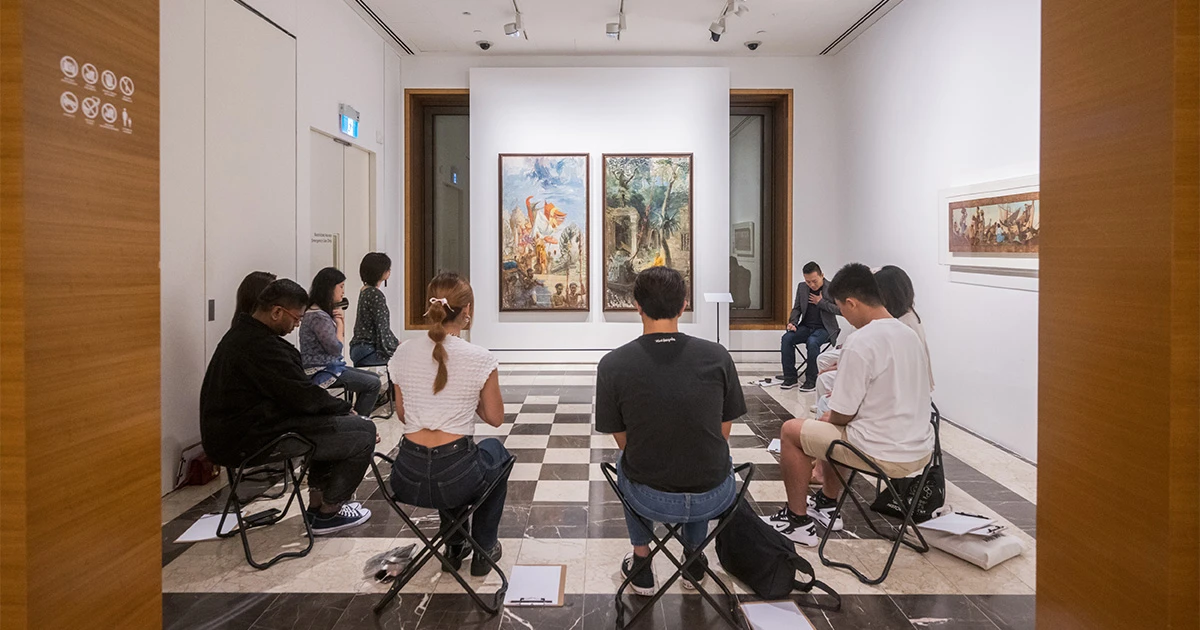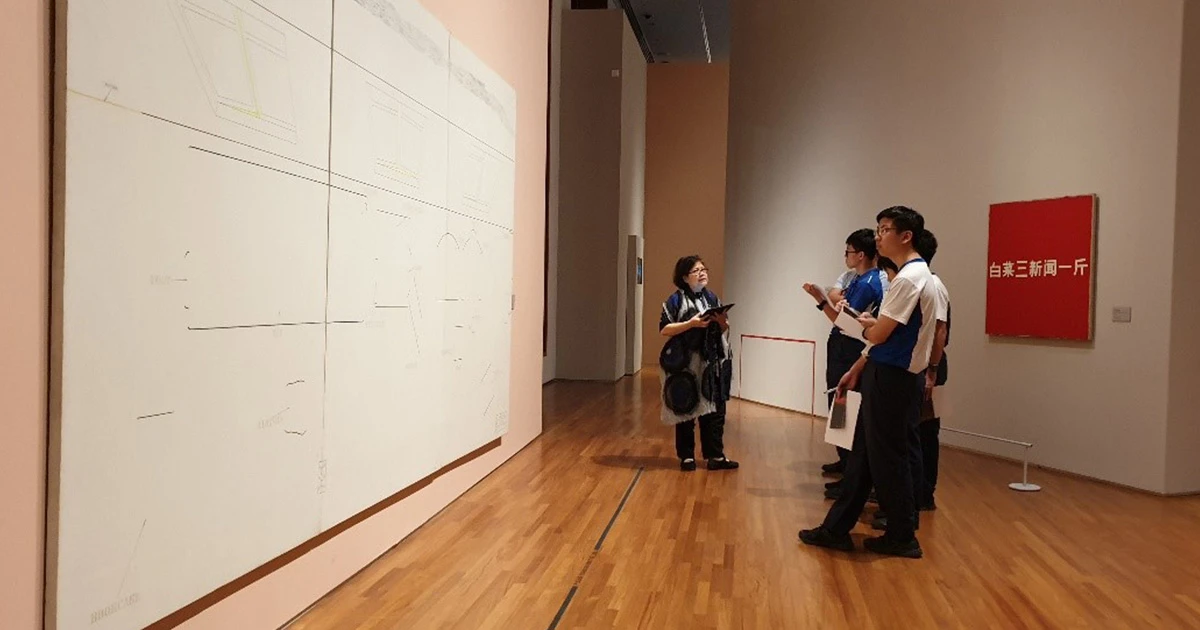Building an Information Trove under the Dome
Go behind the scenes of opening the Rotunda Library & Archive, from the challenge of re-purposing a heritage space, moving the collections, and establishing the new Collections Search Portal.
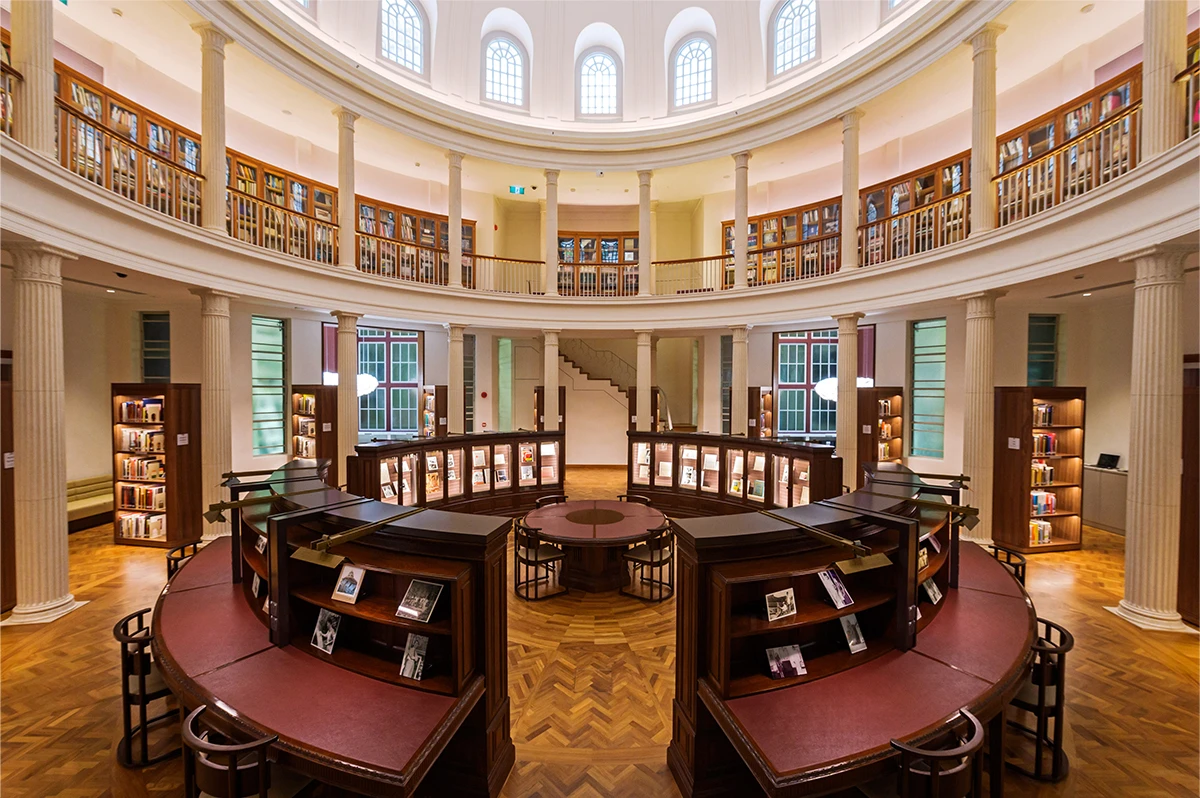
Photograph by Joseph Nair for National Gallery Singapore © All images © National Gallery Singapore
National Gallery Singapore’s newly renovated Rotunda Library & Archive houses one of the world’s most comprehensive collections of archival and reference resources on 19th and 20th century Southeast Asian art. Preparing the Rotunda Library & Archive was an elaborate process that involved safeguarding historical architecture, developing an effective physical and digital presence, and ensuring balance between public access and integrity of the collection.
The idea of moving the research library to the Rotunda – previously an exhibition space for the UOB Southeast Asia Gallery – was conceived in early 2017. The move aimed to provide greater visibility and accessibility to the library and archive collections, supporting the development of art historical research and scholarship in Southeast Asia.
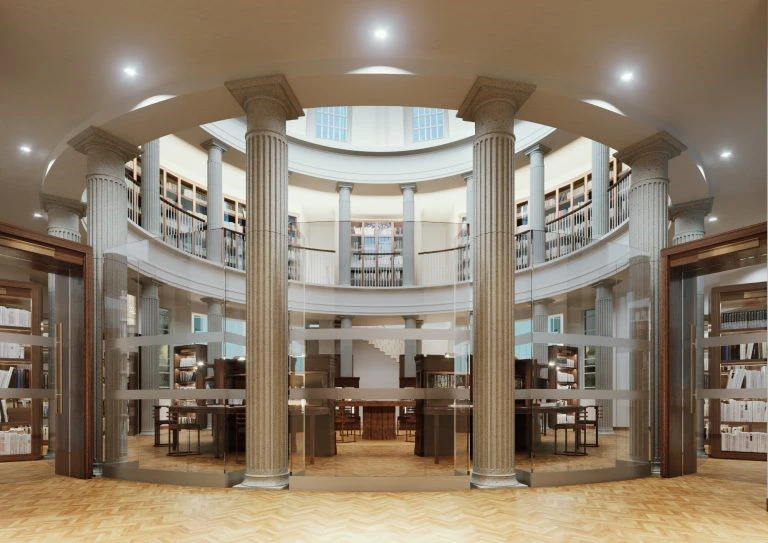
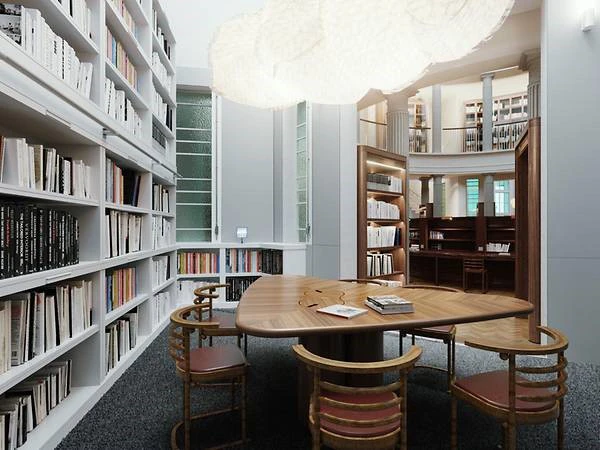
Repurposing and Treating the Heritage Space
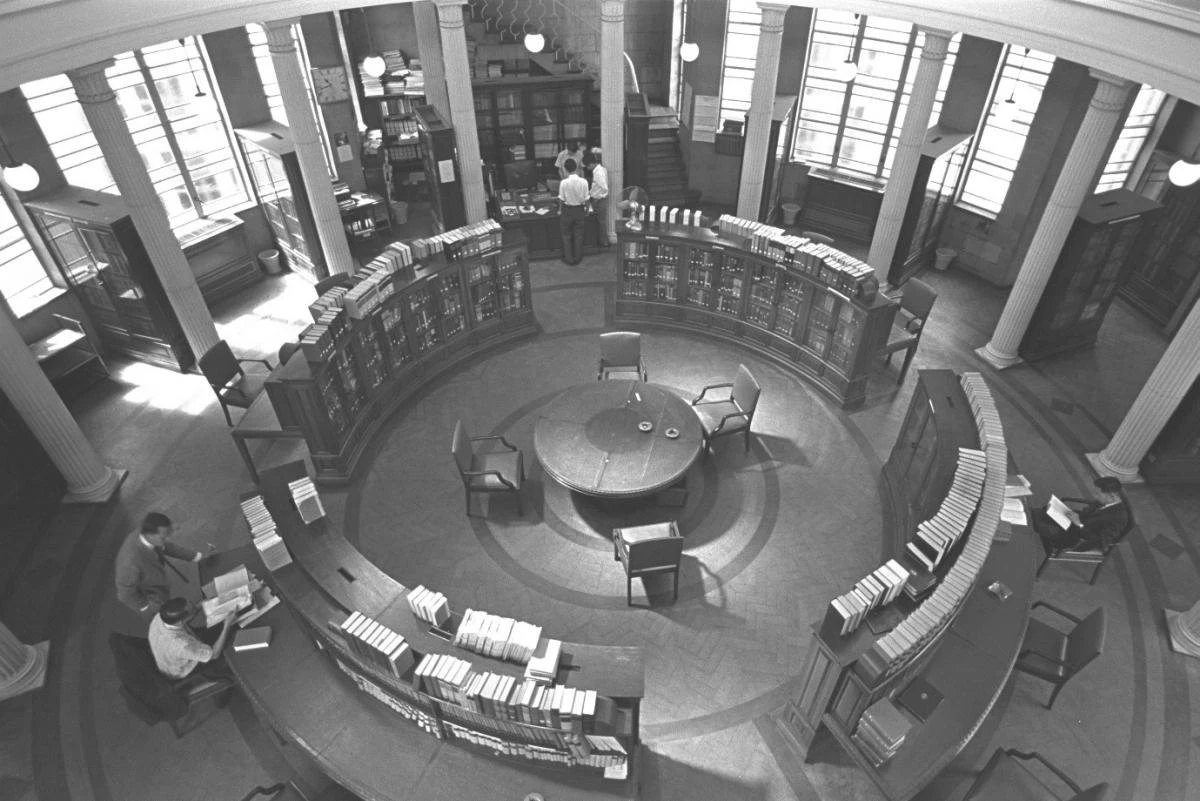
The Rotunda was the library of the Supreme Court for more than 50 years. Its old design served as inspiration for the new Rotunda Library & Archive. Some of the original furniture, like the quadrant reading tables, were retained and upcycled as reading tables and display cabinets for archival and rare materials. The new shelves, chairs, and lighting were carefully designed to harmonize with the historical space, balancing function and form.
Because the Rotunda is a specially-designated heritage space, finding a specialist to repurpose it was a challenge. After a long search, the Gallery selected Bobby Cheng and Brewin Design Office to develop the Rotunda Library & Archive’s design. The process took about 4 months and had to go through a series of approvals by Preservation of Site and Monuments (PSM), Urban Redevelopment Authority (URA), as well as obtaining Fire Safety Certificate from Singapore Civil Defence Force (SCDF).
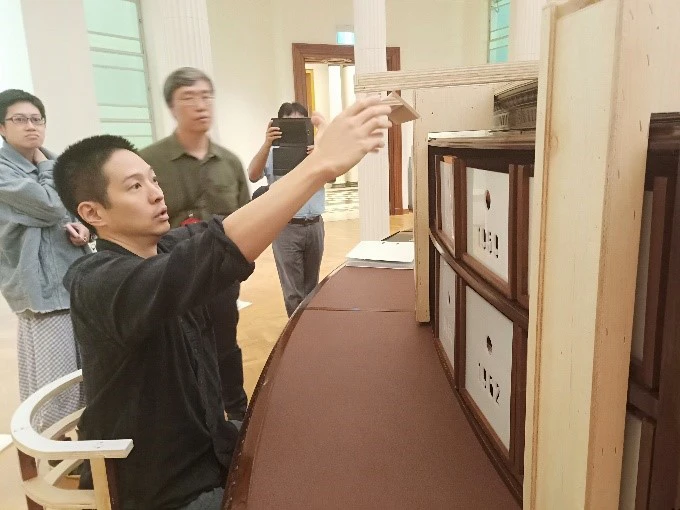
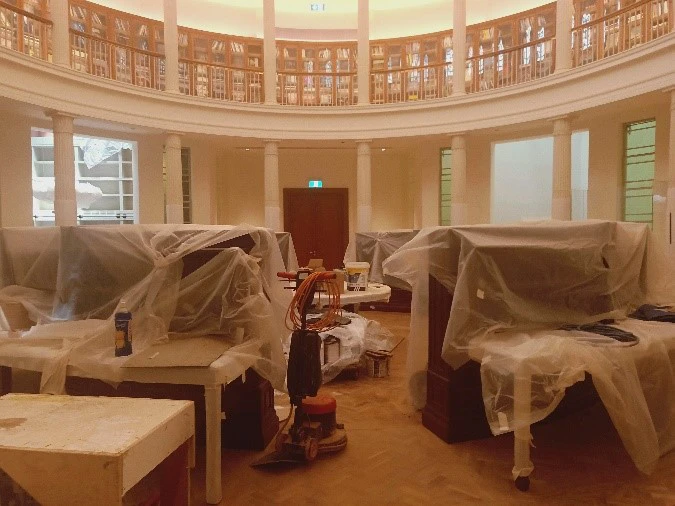
Logistics of Moving the Collections
Planning for efficient packing is crucial to smoother and less painful unpacking. The library and archive materials, formerly located in the Gallery’s Former Supreme Court Wing, were packed into more than 500 boxes. Every box was labelled with its destination shelf and row number, as well as the box’s contents. More specific information was also recorded in an inventory for staff and movers to reference. Because of our uncomplicated and well-planned logistical system, packing, moving, and organising our extensive collections were completed in 2 months.
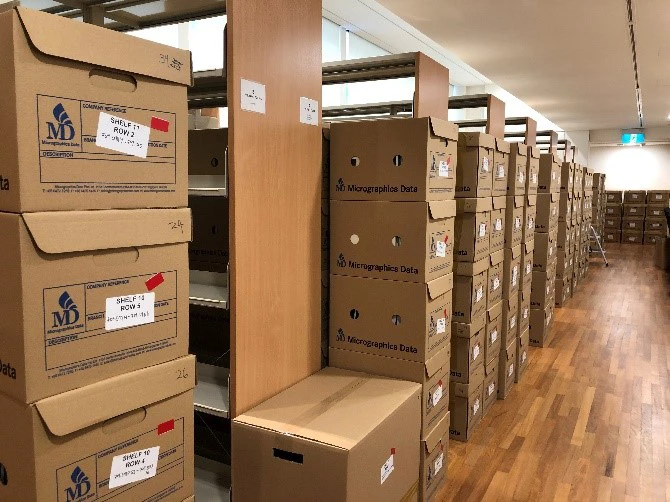
However, prior to moving these materials to the Rotunda, they had to be subject to Anoxia Treatment – a non-invasive, conservation-grade pest infestation treatment using nitrogen gas. In the treatment, materials are placed in a giant plastic bubble and sealed. Oxygen in the bubble is then replaced with nitrogen. This creates an environment impossible for insect survival, while the inert, non-toxic gas ensures the safety of the materials and people who come in contact with it after. The process was successfully completed in 20 days.
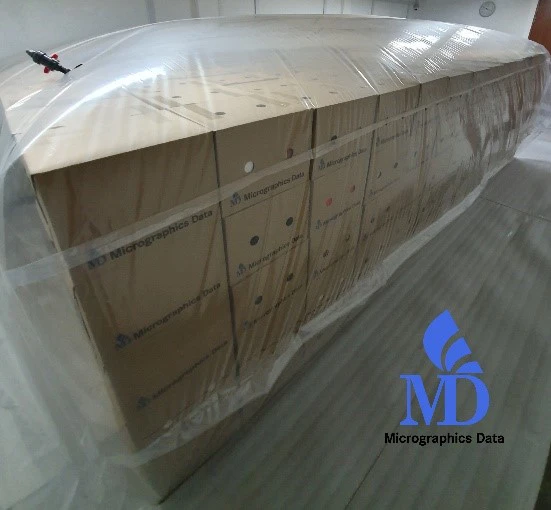
An Enhanced Public Accessibility
As part of the new Rotunda Library & Archive, the Gallery has launched the Collections Search Portal, facilitating even wider access to the Gallery’s artwork, library, and archive collections. The Library & Archive uses international standards for metadata tagging, such as Dewey Decimal Classification System (DDC) and General International Standard Archival Description (ISADG). The process of digitisation has its own requirements that ensures the archives are not only preserved in their original form indefinitely but can be accessed far into the future. This includes scanning at suitable resolutions, using non-invasive equipment, producing access and preservation copies, and storage and processing through a digital assets management system.

At the Heart of the Dome
As a practicing archivist-cum-librarian for over a decade, I’ve witnessed first-hand how strong support from internal and external stakeholders makes it possible for libraries and archives to endure and thrive. At the heart of the Gallery’s Rotunda Library & Archive is an enriched reference and archival collection that stems from collaborations and partnerships with members of the art community. The Rotunda Library & Archive we’ve built is testament to this; a milestone that inspires continued support and advocacy for librarianship, archiving, historical preservation, and art scholarship.








